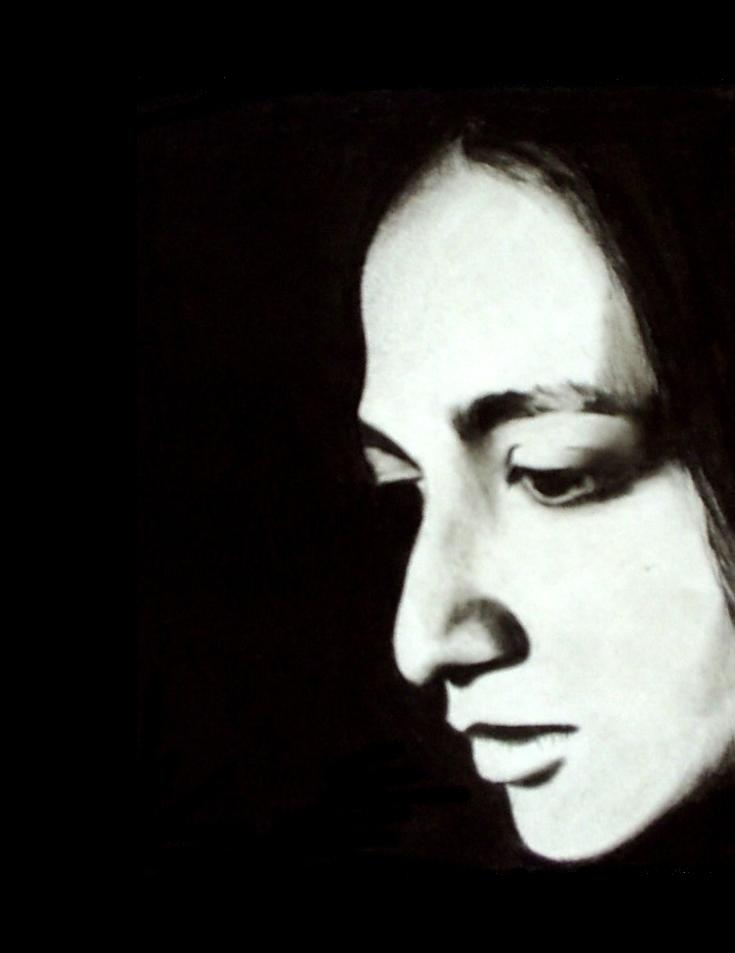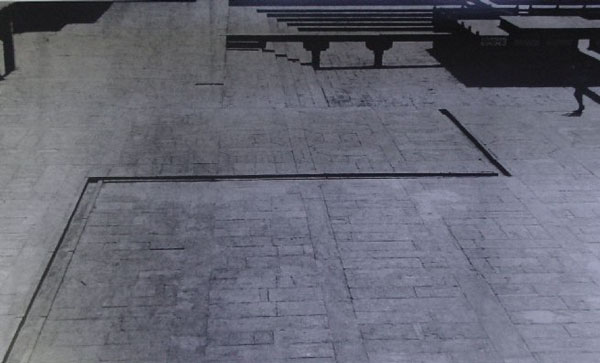
Archives
Contribute
| South Asian Art - In Memory Of Prashant H. Fadia |
Minna Philips
08/05/2008
Appreciating contemporary art is often difficult to many people because of the quality of abstraction that can be ascribed to such works. In this article that will span over a few weeks, five principles are discussed to illustrate specific qualities that might enhance your contemporary art experience. The first segment of this article is dedicated to the qualities of lightness and examples to illustrate these qualities.
Mundane visions of the rocking of an empty chair, a light wind felt by the vision of dancing shadows of leaves or the silence in the streets felt during a walk home. Is it the absence of noise that makes the silence prominent? Is it the absence of clutter that makes the dancing shadows appear and is it the absence of a person that makes the rocking of the chair visible?
The lightness of being, felt in these fleeting moments has been the topic of exploration for many visual artists of our time and specifically for Nasreen Mohammedi, one of the few non-figurative artists to hail from India. To capture the feeling of lightness requires that an artist create works that are experiential and this might be the reason that artists who grapple with the notion of lightness tend to move towards abstraction. Nasreen's work allows the viewer a certain freedom to think and appreciate the open ended imagery that is so specific to her works.
If the notion of absence as discussed above is one of the ways to explore lightness, as a visual artist it becomes challenging to create work, since visual art is in fact the experience of seeing something. This challenge is also broader than the immediate paradox of ‘the presence of absence.’ The challenge calls for an inclusion of everything microcosmic – an attention to detail, so to speak. This is one of the ideas that Nasreen conveys in her ink and graphite drawings. It is in the detail that she finds the existence of the abstract notions of absence, presence, lightness, heaviness, inclusion, exclusion- ideas and feelings that lack one particular definition and exist as variables rather than constants. An exploration of these details develops an understanding that the noise must exist for the silence to be heard and the clutter is essential to see the depths of emptiness.
“Nothingness and again nothingness. Those patterns on the beach. Those little crabs which make those endless patterns...†wrote Nasreen in one of her journal entries from 3rd November, 1959. In her ink and graphite drawings and black and white photographs, Nasreen studies and pays attention to the details. The precision with which the lines are drawn even while her body was losing its motor functions, tells us of the determination and understanding with which she practiced her art.
Her drawings and photographs study everything from these desert sands to the concrete jungle that is Bombay. In her photographs there is a strange presence and absence of her self at the same time- the abstract photographs are often of the most mundane scenes of roads, of the geometric patterns in architecture and so forth. The perspective in these photographs very obviously lets us know the position of the artist in relation to the place. Thus although Nasreen's photographs are never self portraits or personal, in another way they are most autobiographic.
Living among an explosion of sensory overload in cities such as Delhi, Bombay, London and so forth, her drawings found serenity -a filtering of what is essential from what is excessive. It was from an understanding of the chaos around her that she found the most minimal way to express herself through her works.
Nasreen was born in 1937 in Karachi and died in 1990 in Kihim, India. Nasreen led a very cosmopolitan life, her art education was mainly in the UK and Paris. From 1972-88, she taught at M.S University in Baroda, India. Nasreen's works have been exhibited in several nations including the U.S.A, UK, Germany, Australia, Switzerland, India, France and Spain. Her interest in Zen Buddhism is evident from her journal entries. The result is an obvious difference in the style of works compared to her Indian contemporaries. It is obvious that she has broken the barriers for what Indian art should look like and has adapted to the international ways of thought that goes beyond borders and culture of any kind to become more universal. A few of her works that have never been exhibited before was the highlight of the exhibition organized by Talwar Gallery in 2003. To view some of these works, you could visit www.talwargallery.com
You may also access this article through our web-site http://www.lokvani.com/

